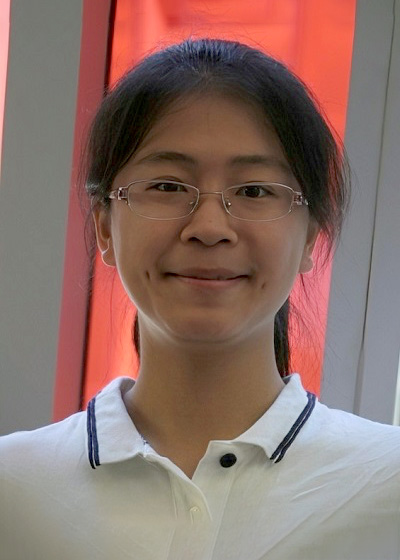USTC Astronomy Seminar Series: 2025 Fall
High-Spectral-Resolution Mid-IR Spectroscopy: Tracing Hot Gas in Massive Protostellar Disks
李佳璐 博士后
马里兰大学
2025/10/14, 4:00pm , the 19th-floor Observatory Hall

报告人:
Jialu Li is a Postdoctoral Associate at the University of Maryland, College Park. She studies the formation of massive protostars during their deeply embedded hot core phases from an observer’s perspective, using high spectral resolution spectroscopy at mid-infrared wavelengths and radio interferometer observations at submillimeter wavelengths. Jialu earned her B.S. in Astronomy from the University of Science and Technology of China and her Ph.D. from the University of Maryland.摘要:
The formation and evolution of massive stars are not well understood due to their deeply embedded nature. High-spectral-resolution mid-infrared (MIR) absorption spectroscopy offers a unique probe of warm, dense gas in the innermost regions of massive protostars, using the disk photosphere as a background continuum. This technique resolves individual rovibrational transitions, avoids beam dilution, and provides precise constraints on physical and kinematic conditions.In this talk, I will present a comprehensive study of massive protostellar systems based on high-resolution MIR observations with IRTF/iSHELL, SOFIA/EXES, and Gemini/TEXES, focusing on sources such as W3 IRS5 and NGC 7538 IRS1. I will discuss the molecular inventory revealed by hundreds of absorption lines spanning 3–25 μm and show how our analysis constrains the temperature, column density, and velocity structure of the hot gas. Beyond traditional 1D spectroscopy, I will highlight recent spectral imaging results from Gemini/TEXES that reveal spatial variations in absorption and even localized line emission. I will also present complementary findings from NOEMA observations of vibrationally excited HCN, which trace the innermost hot gas structures at submillimeter wavelengths. Together, these multiwavelength, multi-dimensional datasets offer new insights into disk geometry, excitation conditions, and the spatial distribution of key molecular species in massive protostars. 邮编:230026 ,
邮编:230026 ,  联系电话: 0551-63601861
联系电话: 0551-63601861 Email:
Email: